Socializing Feral Kittens 
Feral cats are not socialized to people—and can’t be adopted. With some time and attention, however, you can work with young feral kittens to help them become affectionate and loving companions. It’s not a transformation that happens overnight—socializing kittens is a big commitment—but it’s a very rewarding experience.
Kittens who do not have any contact with humans after they are born will be feral, regardless of whether their mother is a lost house cat or a feral cat living in a colony. They will be frightened of people and demonstrate all of the signs of fear and anxiety that an adult cat would, like spitting, hissing, and running from human contact.
To become pets, they will need to be socialized, or taught to be comfortable around people. If the kittens are eight weeks or younger, usually just about anyone can socialize them by following some simple steps. Kittens between two months (eight weeks) and fourth months of age often take more time and skill to socialize. In this case, contact your local rescues to find out more. To evaluate your kittens age, see the resource entitled “Kitten Age Progression”.
Socializing kittens is a big responsibility, but with patience and effort, your hissing feral kitten can become the cat who curls up on your lap for some cuddling. Follow these tips to get organized and gather all the supplies you need.
Do’s and Don’ts of Kitten Socialization
Veterinary Care
- Have a kitten wellness visit at the veterinarian; make sure kittens are FVRCP vaccinated and dewormed if necessary. *Note: Rabies vaccination can’t be given until they are four months old.
- Get immediate veterinary attention if the kittens become lethargic, lose their appetite, or have persistent diarrhea.
Kitten Age
- Knowing a kitten’s age is extremely important for determining the proper care regimen and whether to socialize her or return her to her colony. (see the resource entitled “Kitten Age Progression”.
Confinement
- Keep kittens in a room that can be closed off, like a bathroom or spare bedroom. This will give you easy access and won’t give them an opportunity to hide in a hard-to-reach spot. This small space will also calm them and allow them to easily find their food, water, and litter, while keeping any pets or small children away.
- Use the proper cage to confine your kittens. If they are extremely small, use nylon cages—not wire—so they can’t escape through bars. The cage should be large enough to hold a den, food and water dishes, a litter box, and soft, comfortable bedding.
- Provide a safe zone or ‘den’—such as a small box with blankets or a feral cat den—in the kittens’ cage. This hiding place provides security and gives them a way to feel comfortable and not threatened. Kittens must feel relaxed in your home.
- Make sure that the room is kitten-proofed, so if they get out of your hands, they will still be safe. You don’t want them to be able to crawl under doorways or furniture or into vents—anywhere that is difficult for you to reach, or dangerous for them.
- Don't confine the kittens to a room with no windows, or a room that is often very noisy. The kittens need to feel comfortable and safe in their environment!
Socialization
Getting comfortable – Follow these tips to make kittens feel more at home.
- Give kittens an initial two-day adjustment period after trapping before you begin interacting with them too much.
- Set the kittens’ crate up off floor so they feel more comfortable. Felines feel safer if they are higher and not at ground level.
- Move slowly and speak softly around the kittens. If you wear shoes indoors, consider slippers or socks around the kittens. Don't play loud music or musical instruments.
- Let the kittens be a part of the household action. Leave a TV or radio on after the kittens have been in your home for a few days, so they become accustomed to human voices and sounds. If exposure to other pets is not an issue, set the whole crate in a busy living room with a TV playing.
- For young kittens, a ticking clock wrapped in a towel sounds like a mother cat’s heartbeat and is very soothing.
- Kittens will respond to positive experiences. Reward positive behaviors, like the kittens approaching you for attention or after a good play session, and prevent negative experiences like scolding or confrontations with other pets.
- Gauge each kitten’s ability to learn and become accustomed to you. Evaluate each individually—don’t go by set rules.
- Be patient! Spitting, hissing, and hiding are all expressions of fear; do not mistake these signs for aggression.
- Don't try to rush the socialization process. Be patient, and monitor the progress of each individual kitten.
Socializing with food –Food is the key to socialization. Providing  the kitten with food creates an incentive for the kitten to interact with you and forms a positive association, ensuring that she connects you with the food she loves so much.
the kitten with food creates an incentive for the kitten to interact with you and forms a positive association, ensuring that she connects you with the food she loves so much.
- You may keep dry kitten food out all day. When you feed wet food, stay in the room while the kittens eat it, so they associate you with food and begin to trust you.
- If the kittens are very timid, try to first give them food on a spoon.
- Over time, gradually move the food plate closer to your body while you sit in the room, until the plate is in your lap and the kittens are comfortable crawling on you to get to it.
- Pet and handle the kittens for the first time while they are eating, so they have an incentive to stay put. Start petting around the face, chin, and behind the ears and work up to petting all over.
- Gradually work up to holding kittens, making sure to reward them with some canned cat food or chicken-flavored baby food on a spoon. Human baby food, especially chicken flavor, is a special incentive for kittens. (Make sure the baby food has no onion—it’s toxic to cats.)
- Don’t offer food to kittens on your finger or allow kittens to play with your hand or bite or scratch you. A bite from even a young kitten can be painful and dangerous and it teaches the kittens that biting is acceptable behavior. This rule is especially important when raising single kittens without siblings.
 Socializing with touch and play – It's important to get kittens used to being handled at a young age, so they are used to this interaction when they grow up.
Socializing with touch and play – It's important to get kittens used to being handled at a young age, so they are used to this interaction when they grow up.
- Devote at least two hours per day for successful socialization. You can do a few long sessions or several shorter sessions.
- Get down to the kittens’ level and play with them; particularly kittens eight weeks and younger.
- Take time to socialize each of the kittens individually. Handling them away from the group can speed up the socialization process by making them more dependent on you.
- Hold the kittens as much as possible. Make sure they are close to your body so they feel your body warmth and heartbeat. This is especially productive after they have eaten, so they associate you with the food and the cuddles.
- Use toys to entice kittens to play as soon as they are interested, usually around three to four weeks of age.
- If a kitten is particularly feisty, put her in a front carrying pack (see Tools of the Trade below) or papoose her in a towel with only the head out and hold her while doing things around the house.
- After kittens are comfortable enough with you to fall asleep on your lap or purr in your presence, they can move from the initial confinement space to a larger, kitten-proof room.
Introduce new friends – Your goal is to socialize the kittens so that they are comfortable around all people and pets and will be happy in their new homes, so introduce them to new some faces!
- As long as all are healthy, you can introduce kittens to an adult socialized cat. Monitor this interaction, especially the first few times, in case you need to intervene. A neutered tom will likely play and groom the kittens, which helps the socialization process.
- Introduce kittens to as many people as you can to adjust them to strangers and unexpected circumstances.
- If there are other friendly animals in your household, exposing kittens to them will only help the kittens' socialization, and broaden the scope of potential adoptive homes they would do well in!
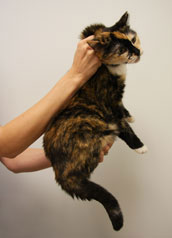
Precautions – Even a scratch from a kitten can hurt. Make sure to take precautions to keep both you and the kittens safe.
- Feral kittens can hurt you if you are not careful; wear gloves or protective clothing if you feel it is needed.
- Don't take chances. Sometimes you have to scruff kittens by the back of their neck to gain control. Learn how to safely scruff a kitten as shown in the photo. Use your entire hand and gently but firmly grasp the fur on back of neck without pinching, pull the cat up, and immediately support her hind legs.
Keeping Kittens Safe
- Do not use toxic cleaning products or leave them in the room with kittens, including Lysol®, and wet wipes.
- For clean-ups, use diluted bleach solutions (one part bleach to 15 parts water) in small amounts.
- If kittens are in your bathroom, pull the shower curtain up and out of the way, so they don’t climb it.
- If bathtub has lever for hot water/cold water make sure it is secure and kitten cannot jump on it, turning on the water.
- Take ALL knick-knacks out of the room (i.e., perfume bottles, soap bottles, jewelry, figurines, etc.)
- Do not allow very young children to play with or help socialize very young kittens. They are not old enough to understand and react to the temperament and behavior of feral kittens.
- Don’t keep kittens in a room with a reclining chair. The kittens can be injured or killed if they go inside the chair and accidentally get closed underneath.
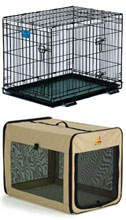
Tools of the Trade (equipment, etc.)
- Confinement pens
- Large dog wire crate
- Cat Condo
- Lightweight nylon portable soft crate
(daytripper sold for canine transport)
- Bedding materials
- Dens or other safe nesting items
- Litter box and litter
- Kitten food—dry and canned
- Food and water dishes
- Treats, like human baby food (without onion)
- Interactive toys, such as balls, rope toys, crinkle toys, and scratching posts
- Radio (tuned to talk radio), or space in a room with common household noise (TV, dishwasher, vacuum cleaner, etc.)
- Nylon front pack—hands free vest carrier for socializing
- Gloves and towels
- Name and phone number of a trusted veterinarian, just in case!
BACK TO RESOURCE INDEX
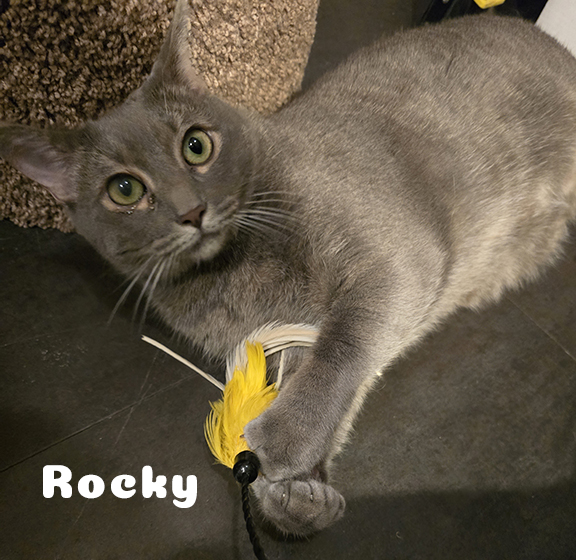
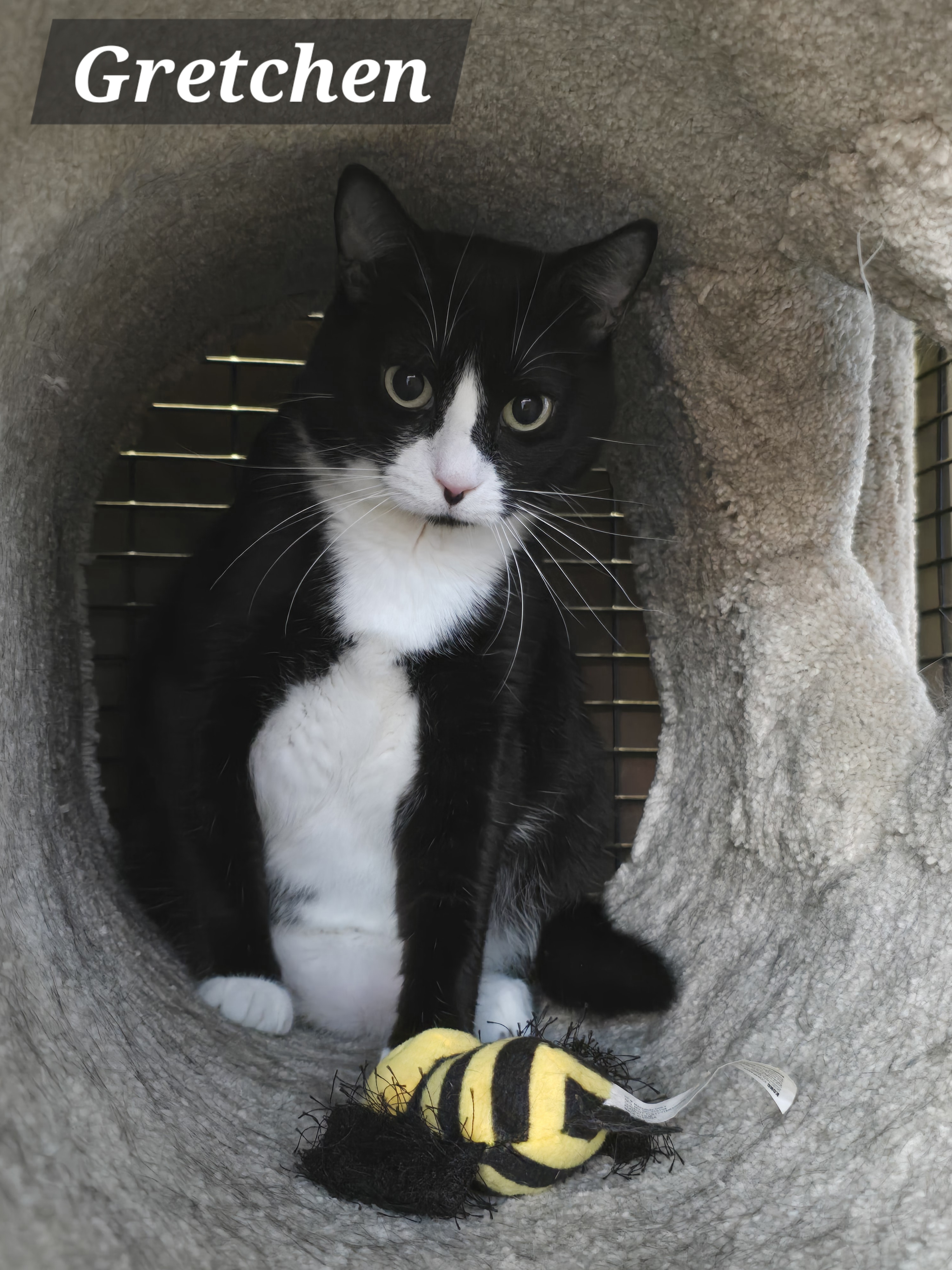
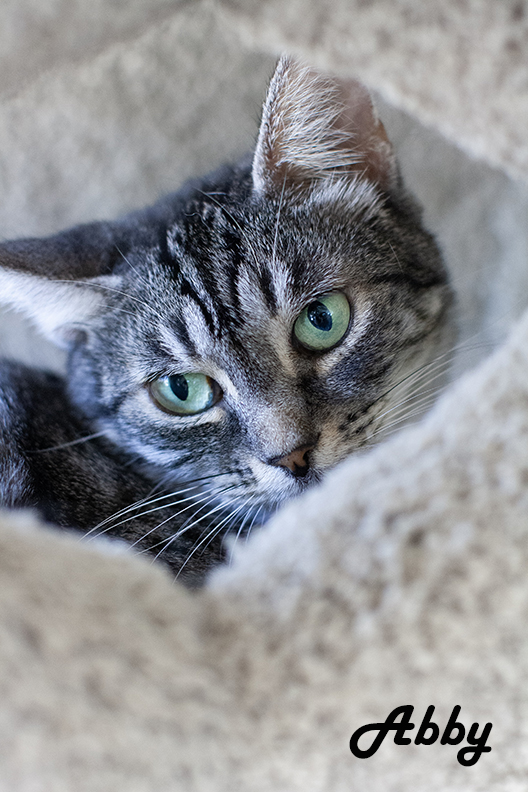

 the kitten with food creates an incentive for the kitten to interact with you and forms a positive association, ensuring that she connects you with the food she loves so much.
the kitten with food creates an incentive for the kitten to interact with you and forms a positive association, ensuring that she connects you with the food she loves so much. Socializing with touch and play – It's important to get kittens used to being handled at a young age, so they are used to this interaction when they grow up.
Socializing with touch and play – It's important to get kittens used to being handled at a young age, so they are used to this interaction when they grow up.
